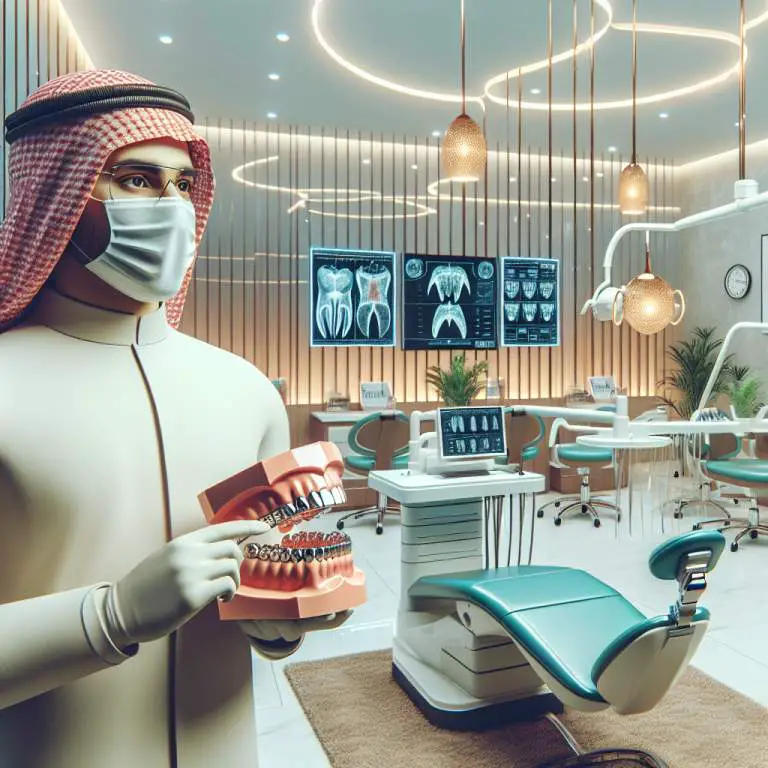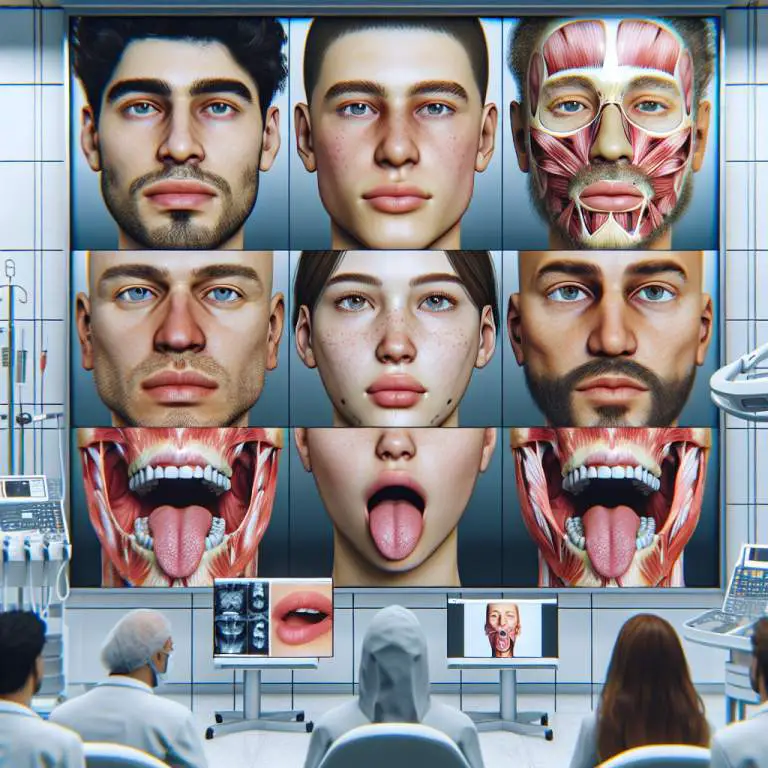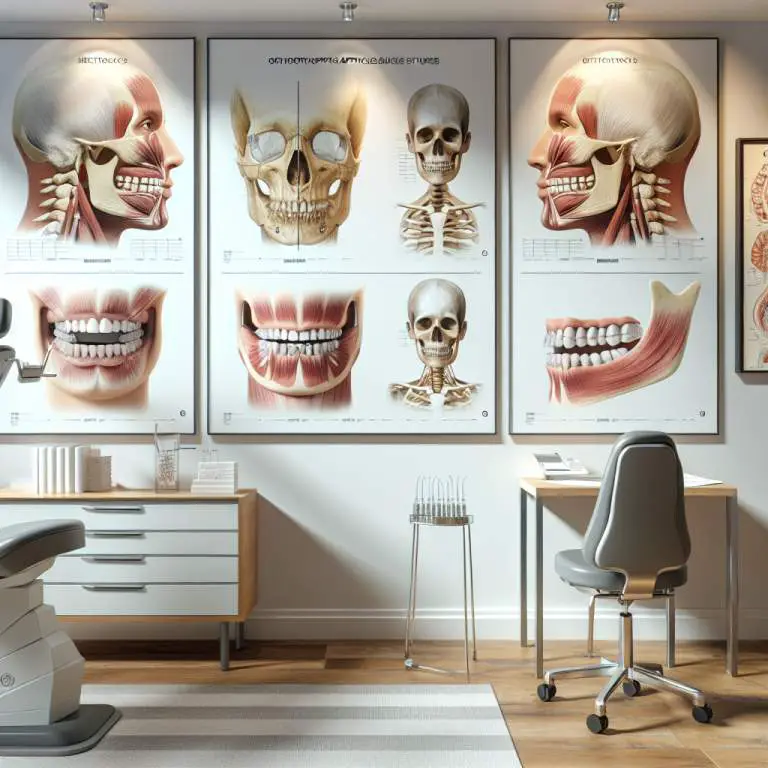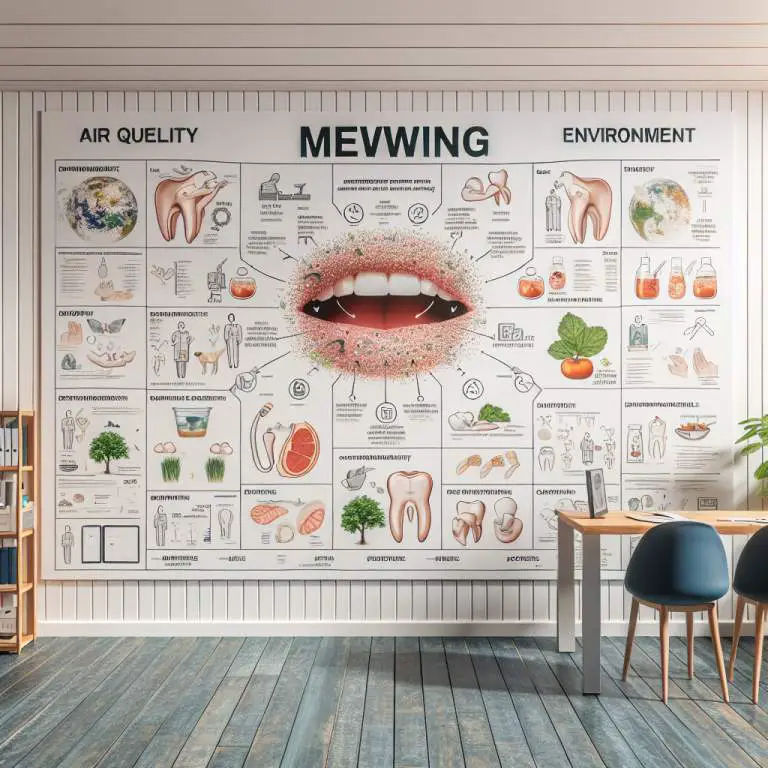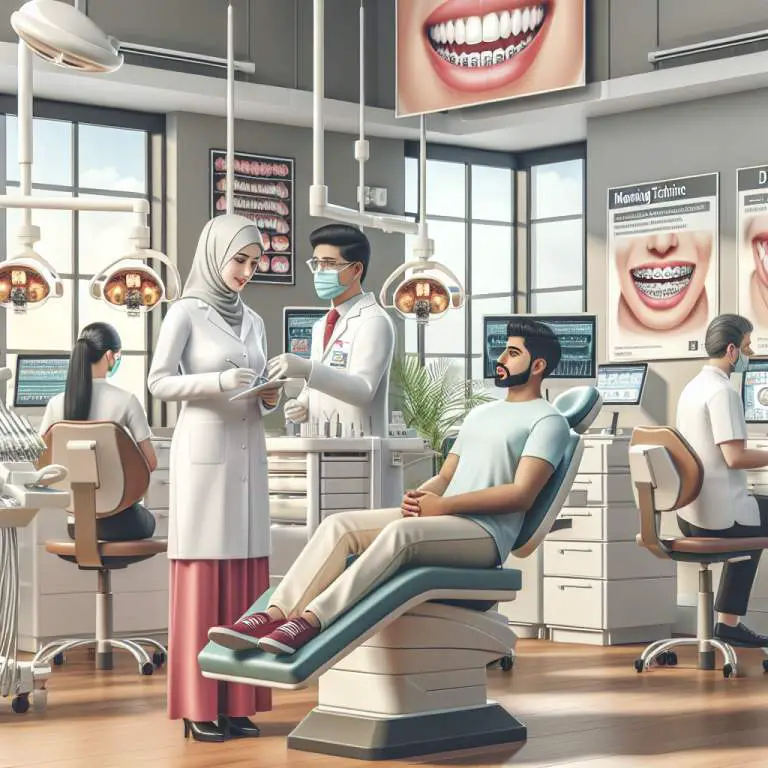What role does genetics play in the results of mewing?
Genetics plays a significant role in the outcomes of mewing, as it influences the shape and structure of one’s jawline and facial bones. People with genetic predispositions for certain jaw shapes may see different results from mewing compared to others. This means that while mewing can help in improving jawline definition, the extent of improvement and final results heavily depend on an individual’s genetic makeup.

What Role Does Genetics Play in the Results of Mewing?
When we talk about mewing, it’s all about how you position your tongue in your mouth. Some people say it can change the way your face looks, especially your jawline. But here’s the thing: not everyone will see the same changes, and that’s where genetics come into play.
Genetics are like a set of instructions that make you who you are, including how your face looks. If your family has strong jawlines, mewing might help you bring out that feature more. But if sharp jawlines aren’t common in your family, you might not see a big change. It’s kind of like how some people can easily get muscles from working out while others have to try harder.
How Does Mewing Interact with Different Jaw Shapes and Sizes?
Different people have different shapes and sizes of jaws. This means mewing doesn’t work the same for everybody. For someone with a naturally wide jaw, mewing might help define their jawline more clearly. On the other hand, if someone has a smaller or narrower jaw, they might notice less of a difference.
The size of your jaw can also affect how easy or hard it is to keep doing mewing correctly. People with larger jaws might find it easier to place their tongue in the right spot without getting tired. Those with smaller jaws could find it tricky to keep their tongue up all day long.
Can Mewing Influence Facial Symmetry in Individuals with Genetic Asymmetries?
Faces aren’t always perfectly symmetrical; one side might be a little different from the other. This is pretty normal and comes from our genes. Some folks wonder if mewing can make their faces more symmetrical by shaping their jaws evenly.
The truth is, while mewing might help improve how your jawline looks, it probably won’t fix major asymmetries caused by genetics. Small changes? Maybe. But turning an uneven face into a perfectly symmetrical masterpiece? That’s unlikely without professional medical intervention.
To What Extent Can Mewing Modify Genetic Predispositions in Facial Structure?
Our genes decide a lot about us before we’re even born, including what our facial structure will look like. Mewing is thought to possibly tweak these outcomes slightly by encouraging better posture and muscle use in the face and jaw.
However, there’s only so much mewing can do against what’s written in our DNA. If your genetic code says you’re going to have a certain type of facial structure, mewing may refine its appearance but won’t completely change what nature intended. Think of it as fine-tuning a picture rather than painting a whole new one.
| Genetic Factor | Influence on Mewing Outcome |
|---|---|
| Jaw Structure | Individuals with a naturally stronger jawline may see more pronounced results from mewing due to the existing bone structure. |
| Palate Shape | A narrower or higher palate might make it challenging to achieve optimal tongue posture, potentially slowing progress. |
| Skin Elasticity | Higher skin elasticity can lead to more noticeable changes in facial appearance as the muscles underneath are trained. |
| Muscle Tone | Those with naturally stronger or more adaptable facial muscles may find it easier to maintain correct mewing posture, leading to better outcomes. |
| Fat Distribution | Genetic predispositions towards fat distribution in the face can affect the visibility of mewing results, regardless of muscle and bone changes. |
| Growth Patterns | Individual growth patterns, including those influenced by genetics, can impact how and when changes from mewing become visible. |
Are there limitations to mewing effectiveness based on genetic factors?
Mewing, a technique that involves proper tongue posture to potentially reshape the jawline and facial structure, has its limitations. These limitations often stem from genetic factors that are beyond one’s control. For instance, the natural shape and size of one’s jawbone can significantly influence how effective mewing can be.
Moreover, genetic predispositions towards certain facial features may also limit the extent to which mewing can alter one’s appearance. While some individuals might see noticeable changes, others with less flexible bone structures due to their genetics might not experience as significant results.
How do age and genetics affect the adaptability of the facial bones to mewing?
The adaptability of facial bones to techniques like mewing decreases with age. This is because, as people grow older, their bones become less pliable, making it harder for practices like mewing to produce changes. Younger individuals, especially those still in their growth phases, are more likely to see results due to the natural flexibility and growth potential of their bones.
Genetics also play a crucial role in this adaptability. Some individuals may have a genetic makeup that allows for more flexibility and change in their bone structure compared to others. This means that even among younger people, the effectiveness of mewing can vary widely based on genetic differences.
What scientific evidence supports the impact of genetics on mewing outcomes?
Scientific studies exploring the impact of genetics on mewing outcomes are limited but growing. Research indicates that genetic factors such as bone density, facial muscle strength, and overall facial structure can influence how effectively someone can alter their appearance through mewing. These studies suggest a strong link between an individual’s genetic background and their potential for change through non-surgical interventions like mewing.
Additionally, evidence from orthodontics and craniofacial research highlights how genetics determine the baseline structure and resilience of facial bones. Such findings support the idea that while mewing might offer benefits for some, its effectiveness is ultimately bounded by genetic limits.
Final Thoughts
In conclusion, while mewing presents an intriguing possibility for altering one’s facial structure without invasive procedures, it is not a one-size-fits-all solution. The technique’s effectiveness is influenced by several factors including age and genetics which determine the adaptability of an individual’s facial bones.
Understanding these limitations is crucial for setting realistic expectations regarding what mewing can achieve. It underscores the importance of acknowledging our unique genetic makeup when considering any form of physical transformation strategy.


